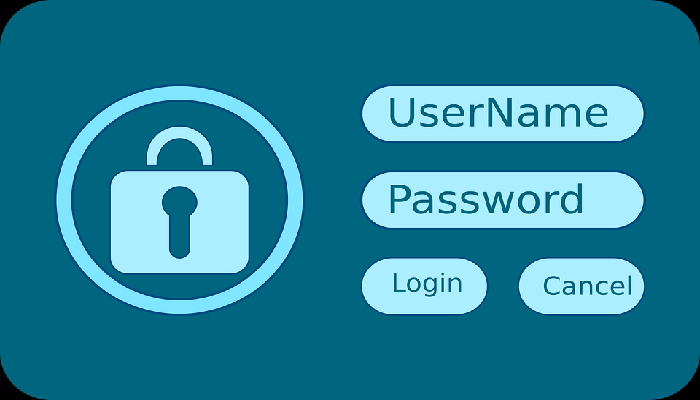The Provisional Patent woofapps is another a form of United States patent application, that some people feel could be an easy and inexpensive way to acquire a filing date and some patent rights These people are usually unformed of the risks and downside.
These patent requests never emerge into a patent, and can in no way be enforced to obstruct someone from copying your invention. If a regular, complete, patent requisition is formulated and filed within a year from the filing date of the provisional patent application, the regular patent application may be accredited to the filing date of the provisional patent application, but only if the provisional request meets best mode and enabling requirements.
In order to be legally binding, the provisional application must adhere with the first paragraph of section 112 of the patent law. If the provisional requisition does not adhere with this section, it will be unacceptable and will not accommodate a filing date. As the U.S. Patent and Trademark Office does not consider these requests, it may not become noticeable that a provisional requisition is worthless until after the deadline for filing a patent requisition has elapsed. It ought also be taken into account that provisional requests consequentially expire twelve months after filing, and that this deadline is important, and is not extendable. Foreign applications have to be filed within one year of the filing date of the provisional requisition in order to be accredited to the filing date of the provisional patent application. Thus, a disadvantage of a PAP is that there is no opportunity to receive a first analysis by the U.S. Patent and Trademark Office previous to making the determination of whether or not to file comparative foreign requisitions.
If provisional patent applications are used, it is suggested that they be drafted as if they were a full conventional patent submission to make sure that they adhere with the best mode and enabling requirements. An unacceptable patent request has nothing of value. A patent infringement trial normally costs over a million dollars in legal fees and it is not prudent to skimp on costs for the duration of the patent drafting course of action. With such prominent stakes, a qualified litigator is looking for every defect in a patent application.
A provisional patent requisition that is not designed by a patent attorney is likely to have plenty of hindrances. These obstacles will transfer through even if a patent attorney is soon after hired to design a regular patent requisition. This is because the “file history” of the patent request will be ordered and the provisional patent application will be accessible along with the file history. Various errors that can be made in drafting a patent application are illustrated in my handbook on how to find a patent attorney.
For instance, if an applicant in a provisional application says “the switch is a MOSFET” where no given type is vital, and then a patent lawyer preparing a conventional patent requisition corrects this by saying “there is a switch, it can be any type but in selected embodiments it is a MOSFET”, be prepared for an argument during litigation that unless a competitor uses a MOSFET, there is no infringement despite the consequences of what is recited in the entitlements since the inventor obviously only contemplated service of a MOSFET.
If there is no financial plan for a complete application and a provisional application is filed, a full application designed by a patent attorney ought to be filed as soon as viable after the provisional application is filed. Thus, as long as that the provisional application does not adhere to with the provisions of 35 U.S.C. ‘ 112, first paragraph, it may be doable to prepare the conventional application prior to any important deadlines are avoided.
Keep in mind that it usually takes three or more months for a patent lawyer to set up an actual U.S. Patent application, depending on workload. Therefore, if you file your own provisional patent requisitions, do not hang around until the end of the one year phase to decide if you want to carry on with a conventional patent request. Because of changeable caseload demands and other interests, law firms usually maintain the right to turn down to undertake work for any reason. Furthermore consider that the provisional applications automatically expire one year after they are filed. Nobody will prompt you of the cutoff date for filing an authentic patent application. No additions of time are obtainable.
With these risks considered, provisional patent requests that are not drafted as full regular patent applications can still be worthwhile for attaining “patent pending” status if there is simply no resources for a complete patent requisition.
